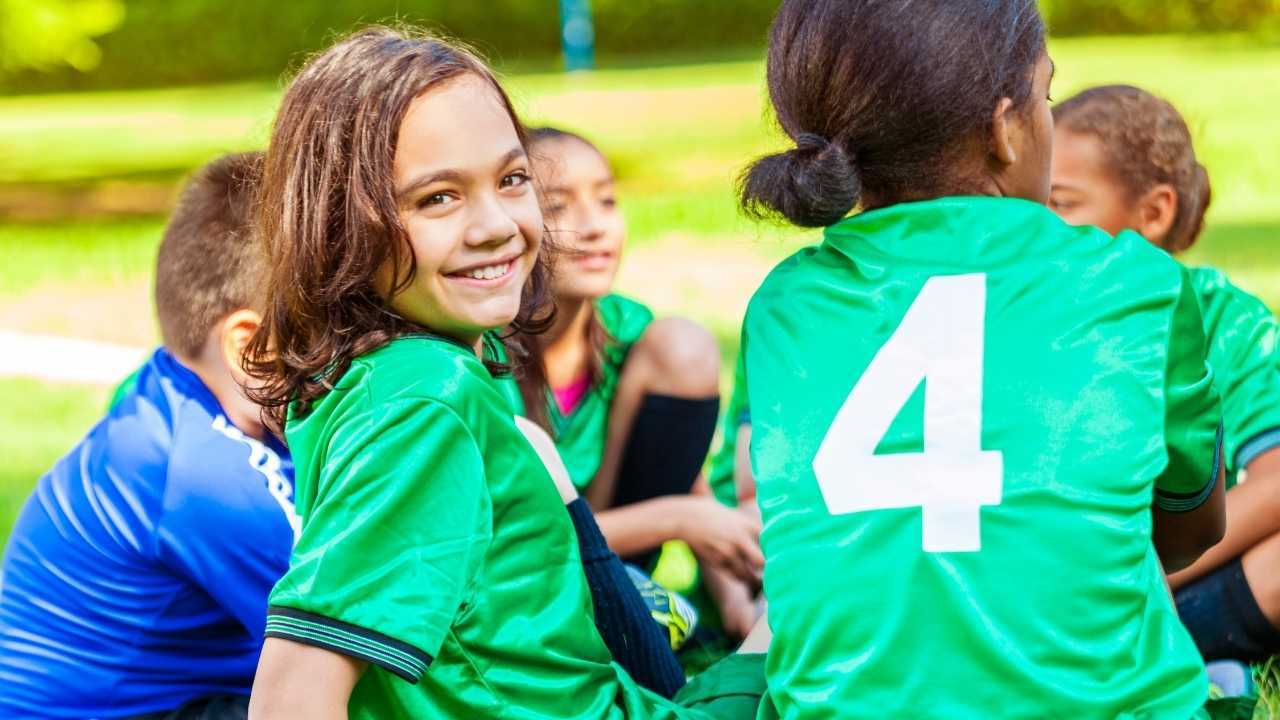All You Need to Know About Soccer Cleats
A kid doesn’t need a lot of gear to play soccer, but cleats are clutch
Alex Frost
| 5 min read

Twenty20
Especially if you weren’t a soccer player yourself, navigating the right size, brand, material and price of kids soccer cleats can be overwhelming. You just want to get your young soccer player on the field.
We asked long-time youth soccer coach Mike Singleton about picking effective, affordable soccer cleats for kids, to remove all the guesswork.
Here’s what you need to know.
Why does my kid even need cleats?
If you’re wondering why your kindergartener can’t just practice in their favorite sneakers, you aren’t alone. At the youngest ages — say, 4 to 6 — sneakers are okay, but your child will get more traction from cleats.
And traction matters, explains Singleton. “Changing direction is one of the biggest skill sets [in soccer],” Singleton says. “Whether it’s left to right, or from offense to defense, the ability to stop and do a V-cut is very important.” If a kid is wearing sneakers, they’ll slide, he says — and a V-cut will look a lot more like a U-turn.
Plus, it’s just more fun for young kids to gear up for their sport.
What types of cleats are available?
There are a variety of materials — leather, synthetics — and styles for the upper part of the cleat. But to choose the right cleats for your young soccer player, consider the environment — specifically the ground they’ll be playing on.
Molded stud cleats. These are the most common kids soccer cleats and feature 10 or 12 hard plastic spikes. These work best for practices and games that are on grass.
“If there’s sufficient grass and it’s lush, then the molded cleats can help because they can give you more stability and can catch onto the grass,” Singleton explains.
Turf cleats. If your child is playing on a not-so-lush surface, with lots of dirt or with artificial grass, opt for turf cleats. Turf cleats have many more studs on the bottom — around 50 — and the spikes are smaller and made of rubber.
“If you are playing on dirt with sparse grass, you don’t want molded cleats because you will just be skating. You won’t have anything to grip onto,” says Singleton. “If it’s those surfaces, turf cleats are better.
Screw-in studs. Parents of young athletes don’t need to purchase this type of cleat, which involves screwing in the studs. Singleton explains these are meant for older athletes, ages 16 and up, and involve screw-in spikes that are more spaced out which will grip better in rainy or sloppy conditions. Says Singleton, “Don’t waste your money.”
(If your child plays indoor soccer, you’ll be looking for indoor soccer shoes — which are a lot more like street shoes.)
A word about Velcro vs. laces. Velcro cleats enable a younger child to put on their own shoes without assistance, which can be a welcome five seconds a stressed-out parent regains in life. However once a child is around 7 years old, they should switch to laces.
“The laces become a coaching point,” explains Singleton. Coaches will say *Hit the ball with your laces*. Velcro, on the other hand, puts a different spin on the ball.
How should cleats fit?
Most importantly, your child’s foot shouldn’t be cramped in their cleats.
“The important thing for parents is don’t get them too tight,” says Singleton. “All parents know how quickly they go through sneakers and shoes, so make sure when they are trying a new set of cleats that there’s an inch of space between the toe and the front of the cleats.” Same goes for hand-me-downs — fit is key. He says you can keep cleats for as long as they are comfortable, and they usually last a year or more, but sometimes kids grow more quickly than that.
How much do they cost?
While you’ll see kids soccer cleats for $119.99 and up, Singleton recommends looking for cleats at a target price of around $20 or $30. And he’s “all for resale stores,” where he says parents can find cleats that are just as effective as new ones. He himself wore his older brother’s cleats often, as kids grow out of their cleats before they get their full use out of them.
Well-known sporting brands are typically good choices. “Adidas, Nike and Puma all have made some comfortable cleats for youngsters. Nike’s cleats are a little thinner and tighter than Adidas, which run a bit wider. At younger ages, those differences aren’t as important,” he adds.
The bottom line on kids soccer cleats
“It’s the same as for us adults — what’s comfortable,” Singleton says. He recommends that kids walk, jump and hop in the cleats to ensure they’re a good fit. And note, overly tight shoes can actually cause injuries. Says Singleton, “Cleats typically aren’t a cause of injury, but if they are wearing them too tight they’ll be more unstable.”




